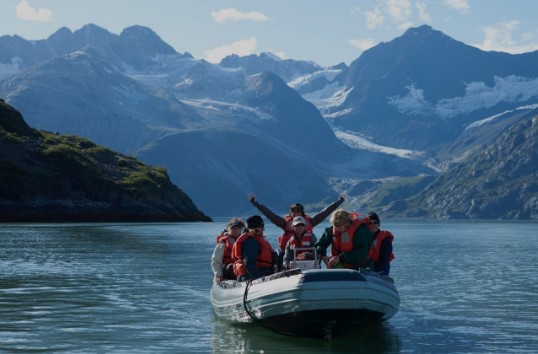Capturing the Essence: A Guide to Travel Photography
Traveling is not just about exploring new destinations; it’s also about preserving memories and experiences through the lens of a camera. Travel photography is a powerful means of storytelling, allowing us to share our journeys with others and relive those moments ourselves. In this article, we will delve into the art of travel photography, exploring tips and techniques to help you capture the essence of your adventures.
-
Research and Plan Ahead:
Before embarking on your journey, take the time to research your destination. Familiarize yourself with the local culture, customs, and landscapes. This knowledge will not only enrich your overall travel experience but also help you anticipate and capture unique moments. Planning ahead also allows you to identify key locations and events that you wouldn’t want to miss.
-
Pack Light, Shoot Right:
In the world of travel photography, less is often more. Opt for a lightweight and versatile camera setup. A compact mirrorless camera or a high-end smartphone with a good camera can be ideal for capturing spontaneous moments without the burden of heavy gear. Remember to bring essential accessories such as extra batteries, memory cards, and a sturdy tripod for stability in low-light conditions.
-
Master the Basics:
Understanding the fundamentals of photography is crucial for creating compelling travel images. Learn about composition, lighting, and exposure settings. The rule of thirds, leading lines, and framing are compositional techniques that can elevate your photos. Experiment with different angles and perspectives to add depth to your shots. Familiarize yourself with your camera’s manual mode to have greater control over exposure settings.
-
Capture the Local Culture:
Travel photography is not just about landscapes; it’s also about the people and their way of life. To capture the essence of a destination, focus on photographing locals in their natural environment. Seek permission before taking portraits and aim to convey the authenticity of their daily lives. Candid shots often tell a more genuine story, so be patient and observant.
-
Embrace Golden Hours:
Lighting is a key element in photography, and the golden hours—early morning and late afternoon—offer soft, warm, and directional light that enhances your images. Plan your shoots around these times to capture stunning landscapes and portraits with a magical, golden glow. Experiment with backlit subjects during sunset or sunrise to create silhouettes that evoke a sense of drama.
-
Tell a Story Through Sequences:
Instead of relying solely on individual images, consider telling a narrative through a series of photographs. Capture the progression of an event or document your journey in a photo journal format. This approach allows viewers to immerse themselves in the story, making your travel photography more engaging and memorable.
-
Experiment with Editing:
Post-processing is an integral part of modern travel photography. Experiment with editing tools to enhance your images and bring out their full potential. Whether you prefer the simplicity of smartphone apps or the advanced features of professional software, mastering editing techniques can significantly elevate the quality of your photographs. However, remember that subtlety is key – avoid over-editing and strive for a natural look.
-
Connect with Locals:
Building connections with locals not only enriches your travel experience but also opens doors to unique photographic opportunities. Engage in conversations, participate in local events, and be open to new experiences. Locals can offer valuable insights, guide you to hidden gems, and provide access to moments and places that tourists might overlook.
-
Document the Journey:
While destination shots are essential, don’t forget to document the journey itself. Capture the excitement of departure, the anticipation of arrival, and the surprises along the way. Train stations, airports, and modes of transportation all offer opportunities for compelling images that reflect the essence of travel.
-
Respect and Ethical Considerations:
Respect the privacy and cultural sensitivities of the people you photograph. Seek permission before taking close-up shots, especially in more intimate or sacred settings. Be aware of local customs regarding photography and always prioritize ethical considerations. Your role as a photographer is not just to capture moments but to do so with respect and cultural sensitivity.
Conclusion:
Travel photography is a dynamic and rewarding pursuit that goes beyond merely taking pictures. It is a means of storytelling, a way to share the beauty and diversity of the world with others. By researching, planning, mastering the basics, and connecting with locals, you can create a rich tapestry of images that not only showcase your destination but also convey the unique experiences and stories that make your travels memorable. So, pack your camera, open your eyes to the world around you, and start capturing the essence of your journeys.

